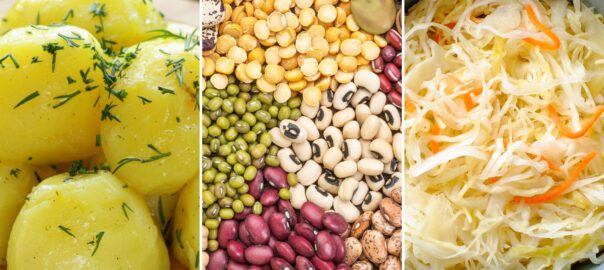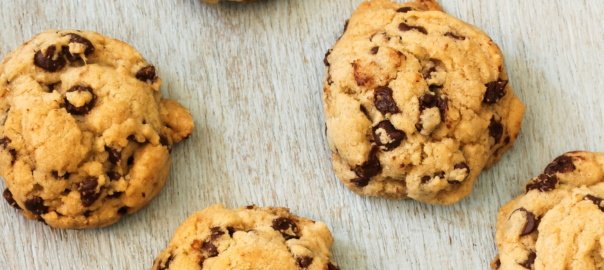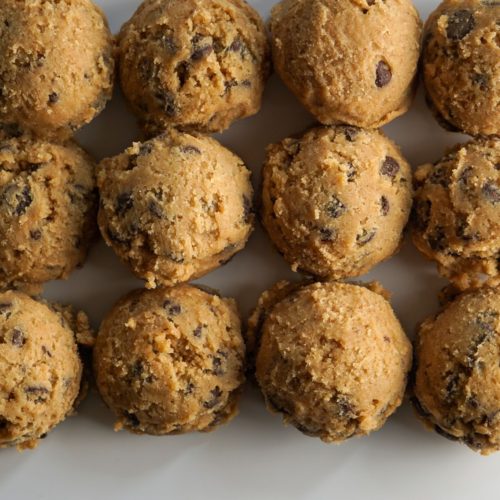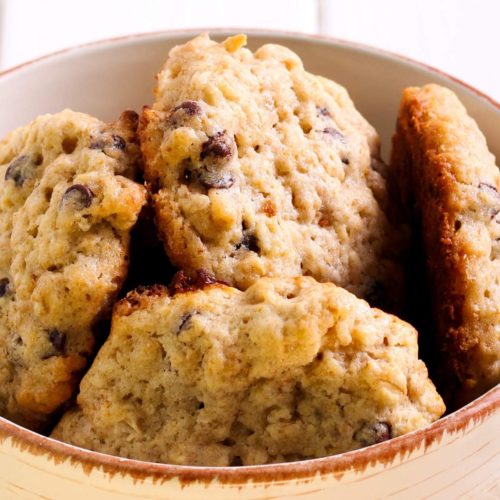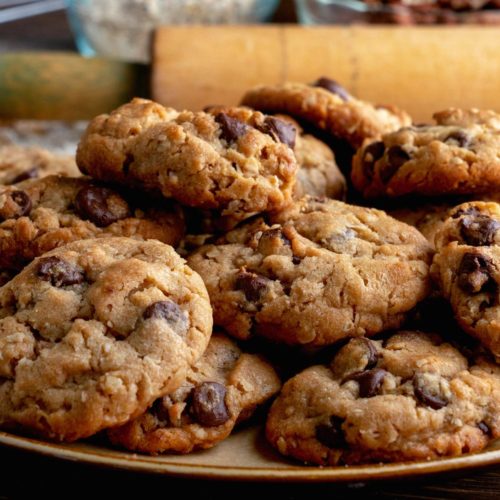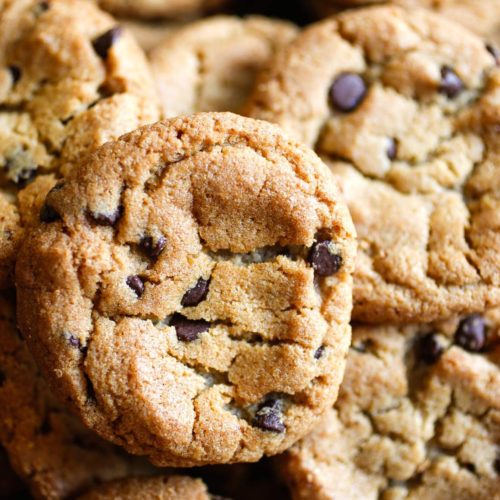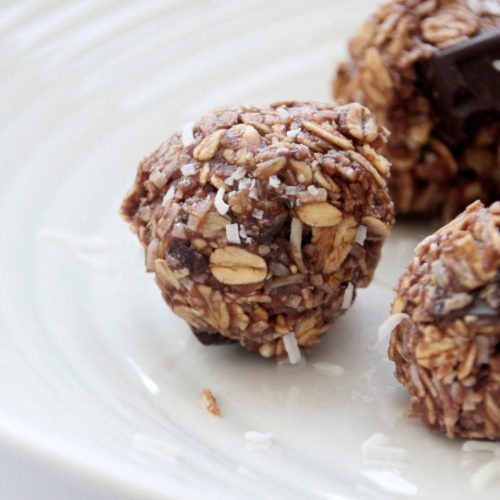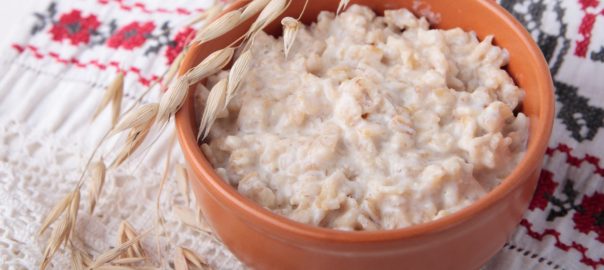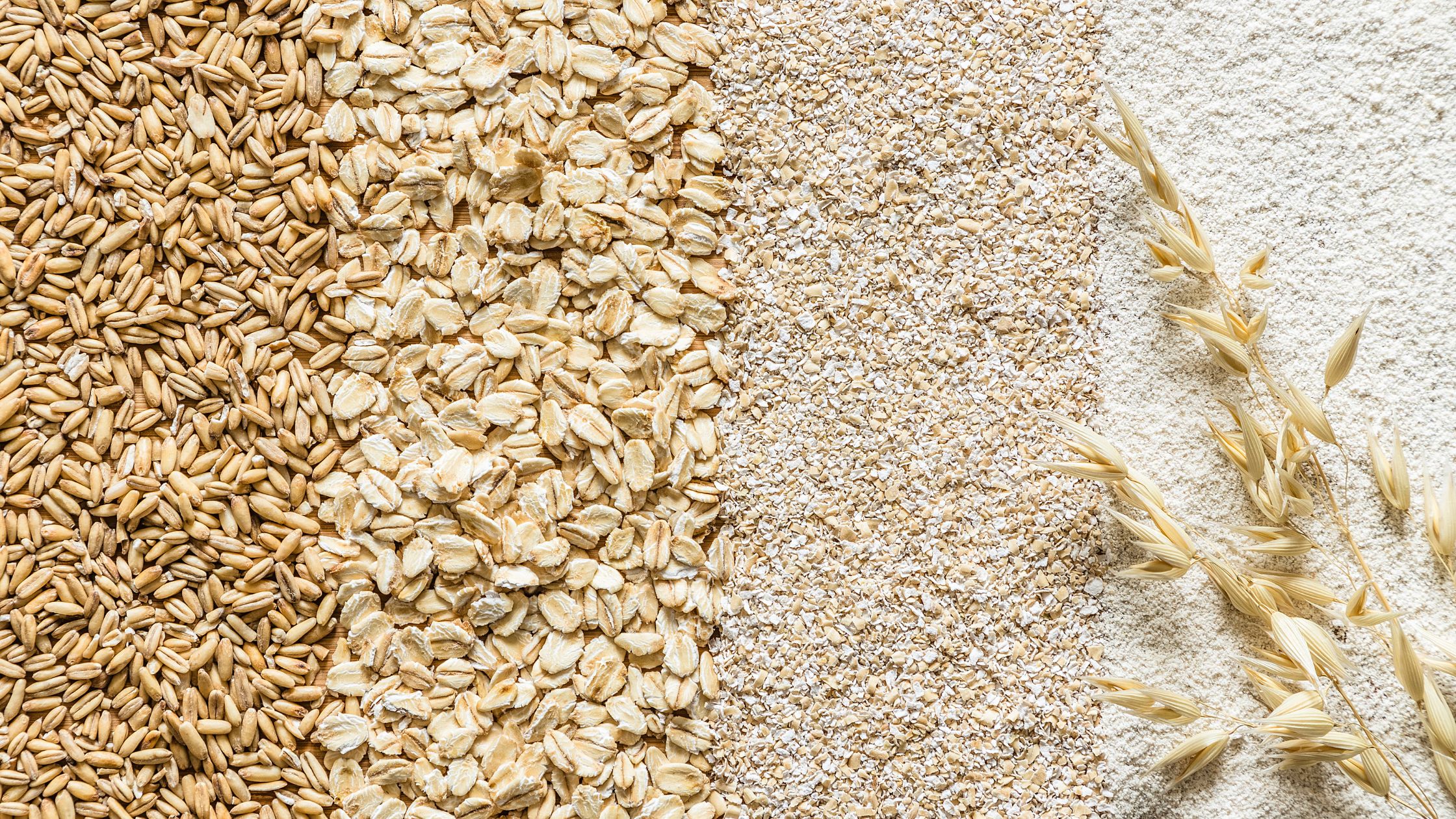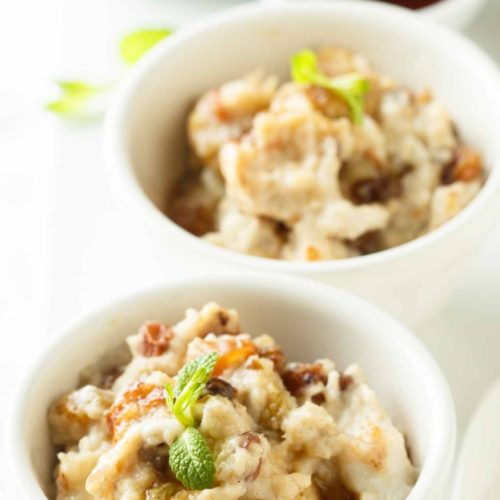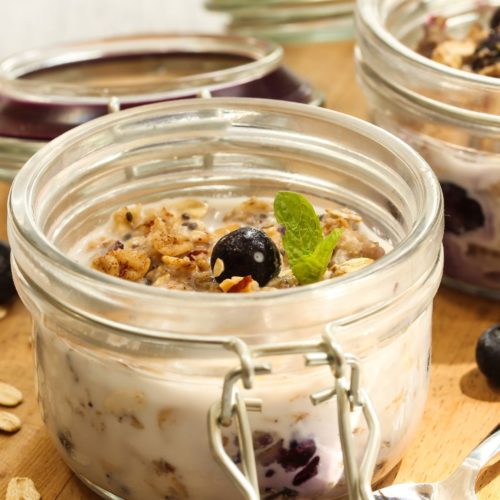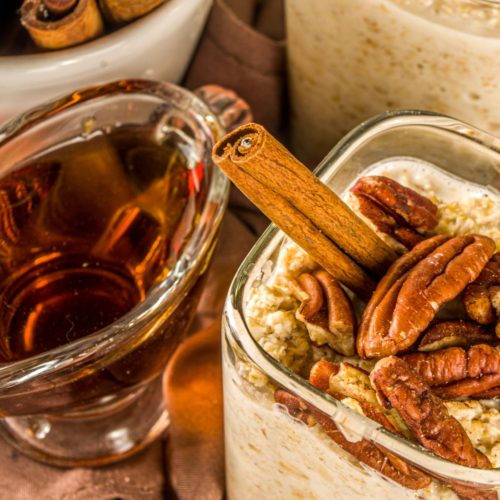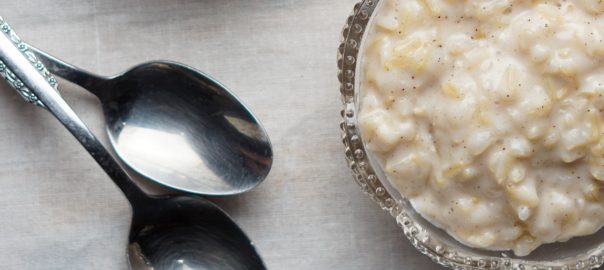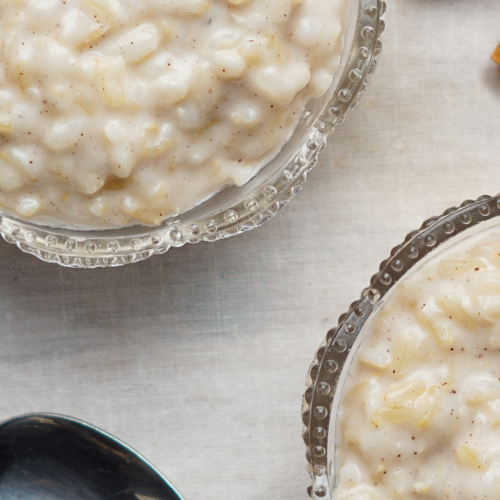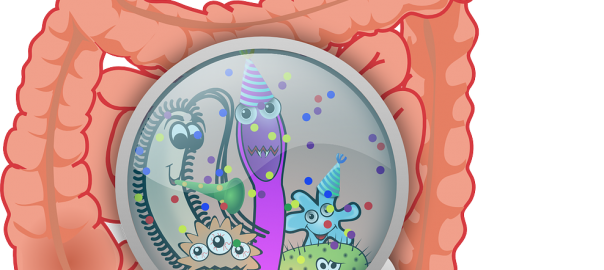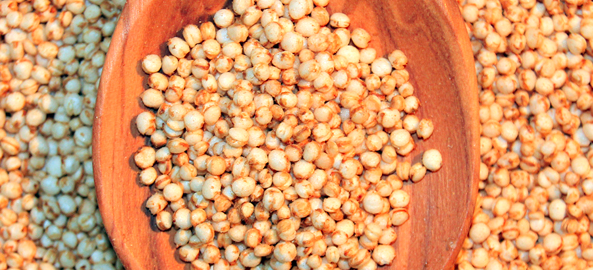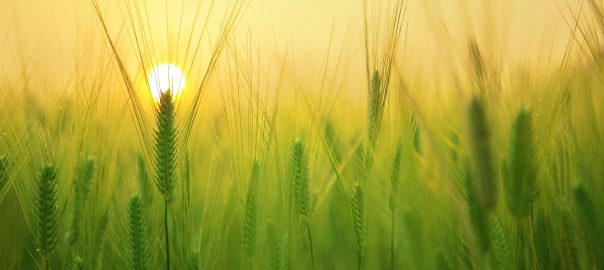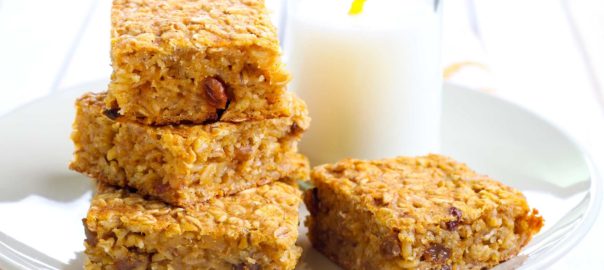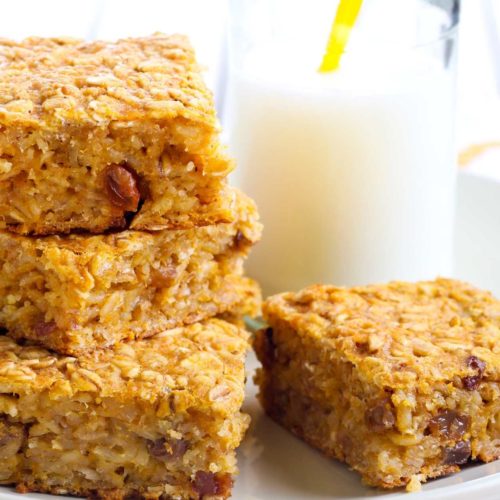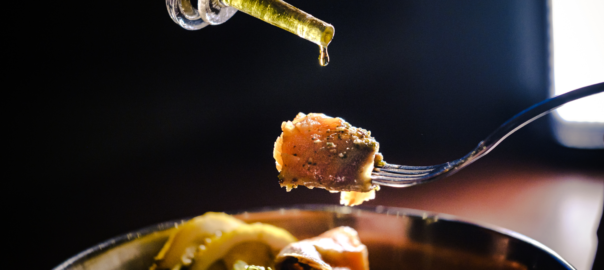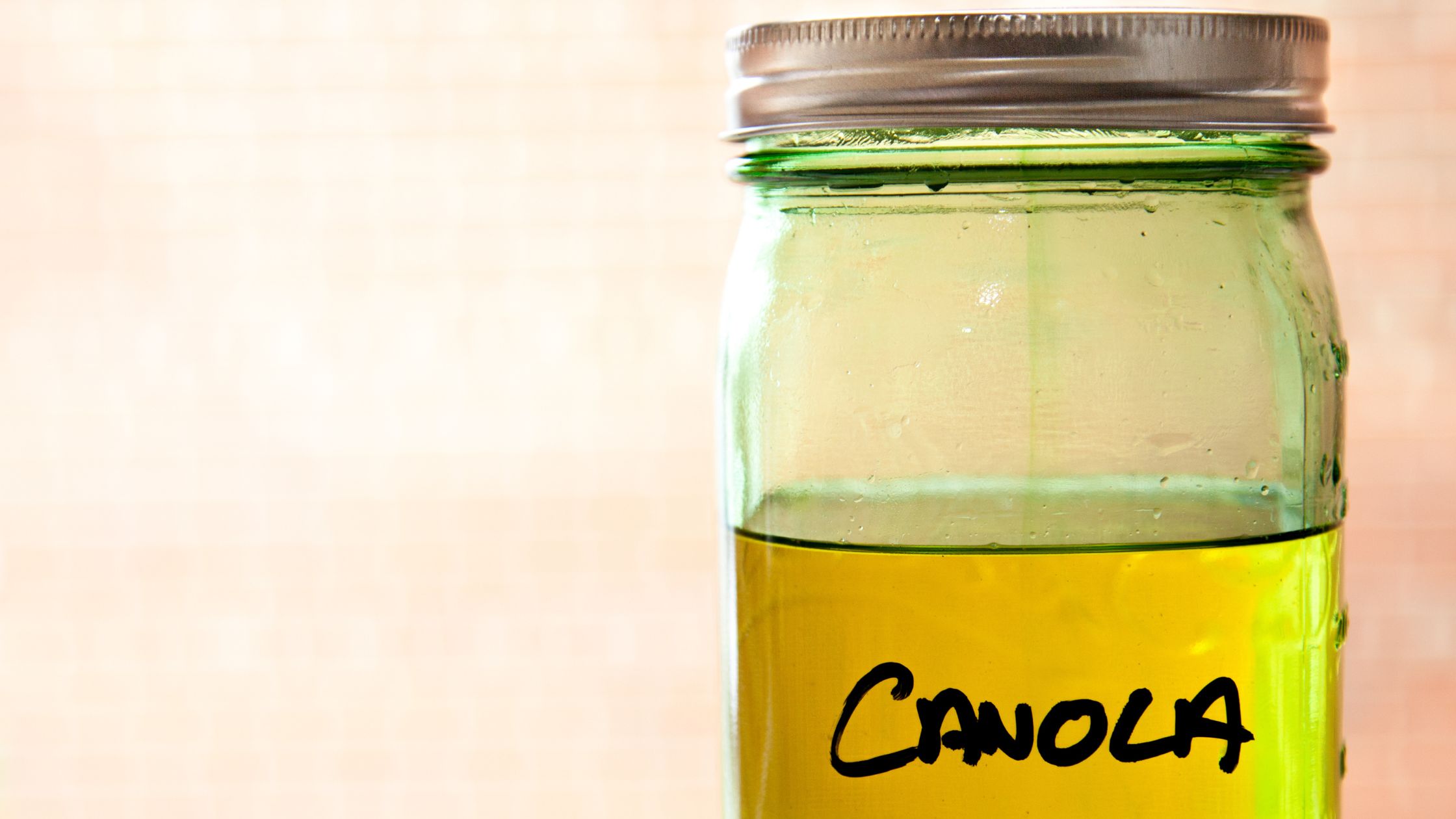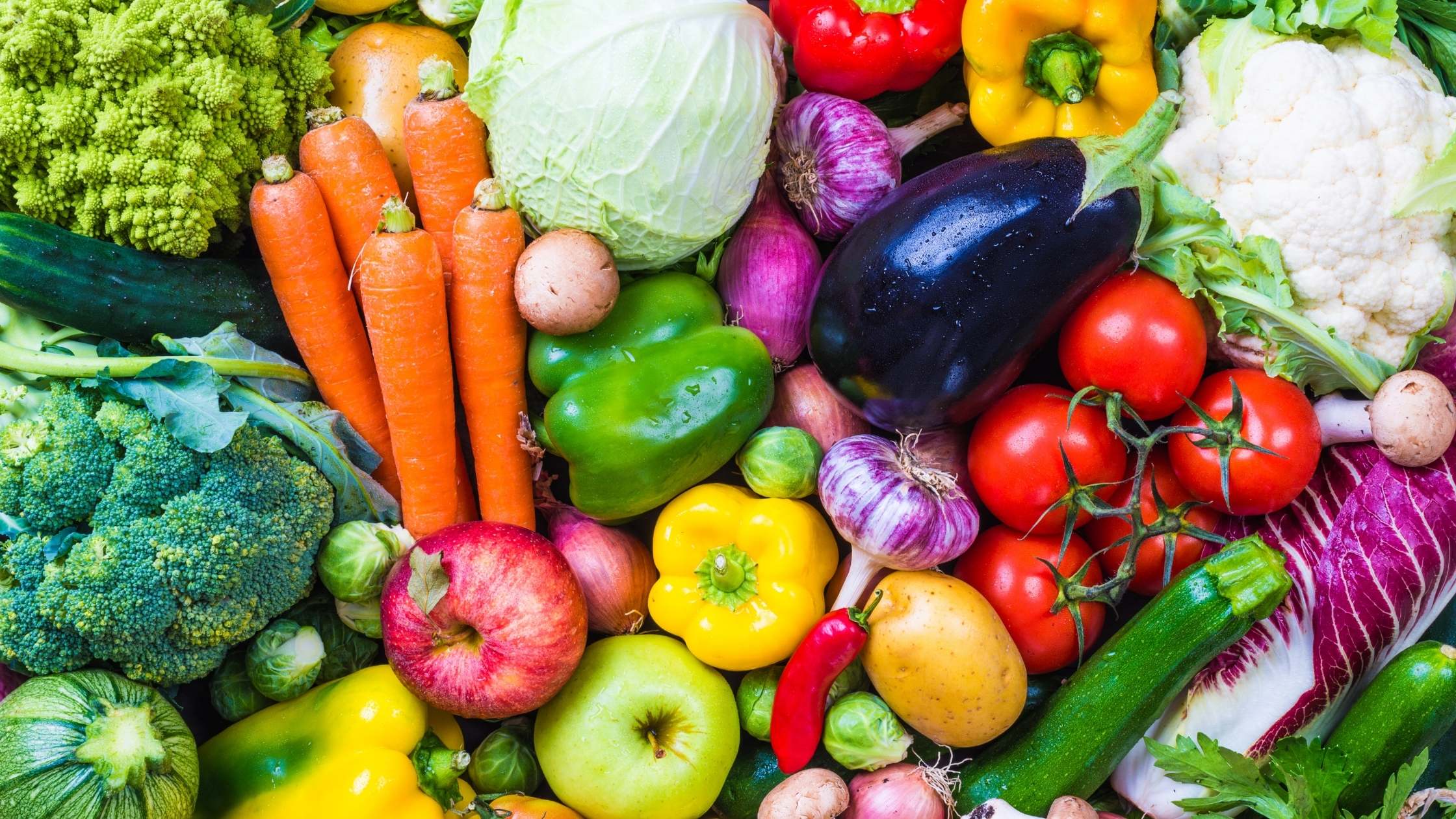What is Butyrate?
Health Benefits of Butyrate
- Gut Health: Butyrate supports the health of the colonocytes, the cells lining the colon. It enhances the gut barrier function, preventing the translocation of harmful pathogens and toxins into the bloodstream. This helps in maintaining a healthy gut environment and reducing the risk of gastrointestinal disorders.
- Anti-Inflammatory Properties: Butyrate exerts potent anti-inflammatory effects by inhibiting the activity of nuclear factor-kappa B (NF-κB), a protein complex involved in inflammatory responses. This can be particularly beneficial for individuals with IBD and other inflammatory conditions.
- Immune Regulation: Butyrate modulates the immune system by promoting the production of regulatory T cells (Tregs), which help maintain immune tolerance and prevent autoimmune reactions. This regulatory effect on the immune system is crucial for preventing chronic inflammation and autoimmune diseases.
- Metabolic Health: Emerging research suggests that butyrate may play a role in metabolic health by improving insulin sensitivity and regulating blood sugar levels. It may also influence fat metabolism and help in managing obesity.
- Colon Cancer Prevention: Butyrate has been shown to induce apoptosis (programmed cell death) in colorectal cancer cells and inhibit their proliferation. Its protective effects on the colon lining and anti-inflammatory properties contribute to its potential in reducing the risk of colon cancer.
Butyrate-Rich Foods
- Resistant Starch: Foods high in resistant starch, such as green bananas, cooked and cooled potatoes, and legumes, are excellent sources of butyrate. Resistant starch resists digestion in the small intestine and ferments in the colon, producing butyrate.
- Fibrous Vegetables: Vegetables rich in dietary fiber, particularly insoluble fiber, support butyrate production. Examples include broccoli, Brussels sprouts, cabbage, and carrots.
- Whole Grains: Whole grains like oats and brown rice are packed with dietary fiber that promotes the growth of butyrate-producing bacteria in the gut.
- Nuts and Seeds: Almonds, flaxseeds, and chia seeds are great sources of fiber and healthy fats that contribute to butyrate production.
- Fruits: Apples, bananas, and berries contain pectin, a type of soluble fiber that supports butyrate production through fermentation.
- Fermented Foods: Fermented foods like kimchi, sauerkraut, and yogurt contain probiotics that enhance the gut microbiome's ability to produce butyrate.
- Legumes: Beans, lentils, and chickpeas are rich in resistant starch and fiber, making them excellent choices for boosting butyrate levels.
Practical Tips to Increase Butyrate Intake
- Start Your Day with Fiber: Begin your morning with a bowl of oatmeal topped with berries and a sprinkle of flaxseeds. This fiber-rich breakfast will kickstart butyrate production in your gut.
- Add Resistant Starch to Your Meals: Include cooked and cooled potatoes or green bananas in your meals. These foods are easy to prepare and can be added to salads, smoothies, or as a side dish.
- Snack on Nuts and Seeds: Keep a stash of almonds, walnuts, or chia seed pudding for a quick and nutritious snack that supports gut health.
- Incorporate Fermented Foods: Add a serving of sauerkraut or kimchi to your meals. These fermented foods not only enhance flavor but also promote a healthy gut microbiome.
- Eat More Legumes: Prepare dishes with beans, lentils, and chickpeas. These versatile ingredients can be used in soups, stews, salads, and even desserts.
- Choose Whole Grains: Opt for brown rice, wild rice, quinoa, millet, and other whole grains in place of refined grains. These choices will provide more fiber and support butyrate production.
- Enjoy Fibrous Vegetables: Fill half your plate with a variety of vegetables, focusing on those high in fiber. Roasted Brussels sprouts, steamed broccoli, and raw carrots are all excellent options.
Conclusion
- Hone Health. (n.d.). Butyrate Foods: Benefits and Best Sources. Retrieved from https://honehealth.com/edge/nutrition/butyrate-foods/
- Clinical Nutrition Journal. (2022). The Role of Butyrate in Gut Health and Disease. Retrieved from https://www.clinicalnutritionjournal.com/article/S0261-5614(22)00384-3/fulltext
- A Gutsy Girl. (2021). The Ultimate Guide to Butyrate Foods. Retrieved from https://agutsygirl.com/2021/04/08/butyrate-foods/
[/expand]

